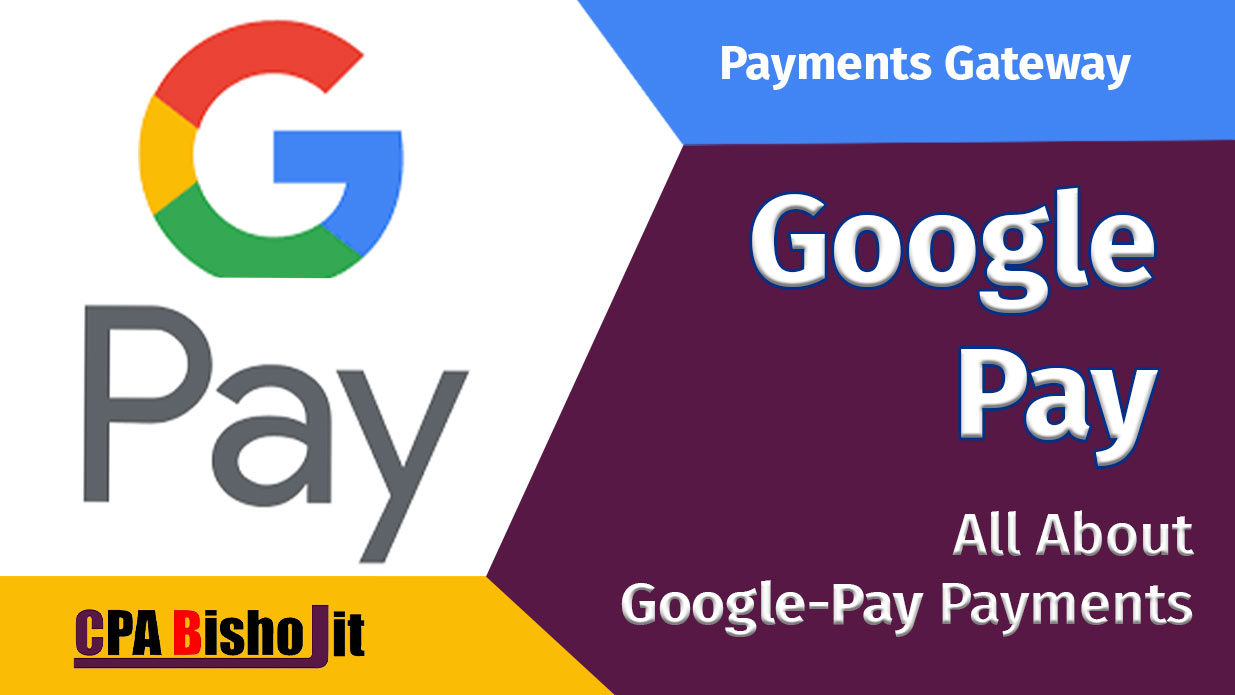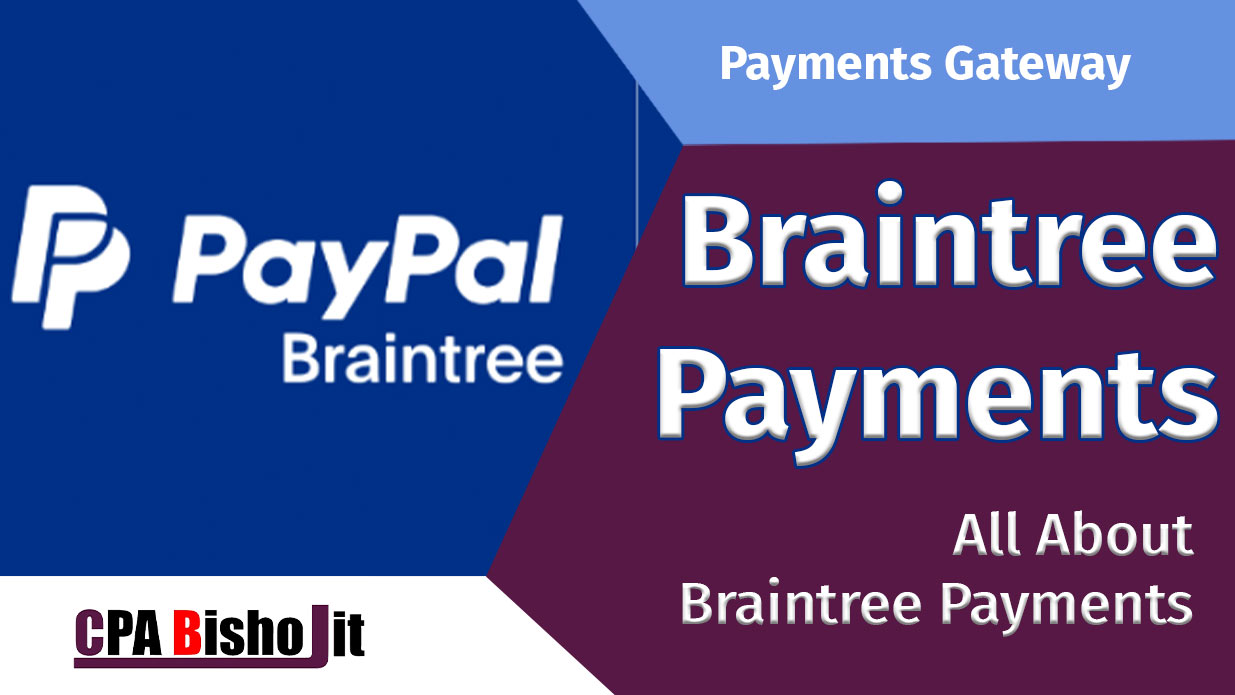Is Google Pay The Best Payment Gateway for Business in 2024

Seamless and secure payment experiences are no longer a issues – they’re a necessity. Customers expect to whip out their phones and pay for anything, anywhere, in seconds. As a business owner, you need a payment gateway that keeps up with this evolving process.
So, is Google Pay the golden ticket to boosting your sales and streamlining your checkout process?
Let’s dive deep and explore whether Google Pay lives up to the hype, and most importantly, if it’s the right fit for your business in 2024.
What is Google Pay and How Does it Work?

Google Pay is a digital wallet app developed by Google. It allows users to securely store their credit and debit cards, loyalty programs, and boarding passes on their Android phones or smartwatches. Think of it as a supercharged version of your physical wallet, all conveniently housed in your pocket.
A customer walks into your store, browses your products, and reaches the checkout with a basket full of goodies. But instead of fumbling for cash or their wallet, they simply tap their phone on a designated terminal and their payment is complete. That’s the magic of Google Pay.
how Google Pay works
Setting Up
Users download the Google Pay app and link their preferred payment methods. This involves securely entering their card details, which are then encrypted by Google.
Making Payments
In stores, users simply wake up their phone, unlock it (if necessary), and hold it near a contactless payment terminal. No need to open any apps – a quick tap is all it takes. Google Pay then transmits a unique encrypted code instead of the actual card information, ensuring a secure transaction.
Online Purchases

For online transactions on websites or apps that support Google Pay, users can often choose it as a payment option at checkout. With a single tap, their pre-saved billing and shipping information are automatically filled, making the checkout process a breeze.
Benefits of Using Google Pay (Pros & Cons)
Integrating Google Pay into your payment processing system can offer a range of advantages for your business.
Overall, the advantages of Google Pay for businesses seem to outweigh the drawbacks.
Best course of action depends on your specific customer base and budget.
Google Pay Features: A Toolbox for Streamlined Transactions
While the core functionality of Google Pay revolves around secure and contactless payments, it offers a surprising array of features that benefit both businesses and customers.
In-App Purchases
In addition to physical stores, Google Pay integrates seamlessly with many popular apps and websites. This allows customers to pay for in-app purchases or online transactions with just a tap, eliminating the need to manually enter card details each time. This convenience can lead to higher conversion rates for your online business.
Loyalty Programs
Gone are the days of carrying around a punch card for every store. Google Pay allows users to store loyalty program memberships directly in their wallet. This not only frees up space in their physical wallets but also ensures they never miss out on earning rewards during checkout. For businesses, this translates to increased customer engagement and loyalty.
Split Payments
Need to settle a bill with friends after a group dinner? Google Pay’s split payments feature makes it easy. Users can quickly and securely split the bill amount amongst their friends, eliminating the need for awkward calculations or cash exchanges.
Inventory Management
While not a direct feature of Google Pay itself, some integrations with point-of-sale systems allow businesses to access real-time inventory data through Google Pay transactions. This can provide valuable insights into product popularity and stock levels, helping you optimize your inventory management.
These are just a few of the features that make Google Pay a versatile tool for businesses. By integrating it into your payment processing system.
You can streamline transactions, enhance customer experience, and potentially unlock new marketing opportunities. But before diving in, it’s important to understand the cost structure associated with Google Pay.
Integrating Google Pay
Google Pay Pricing Structure
Transaction processing fees
When you use Google Checkout to process your sales, you’ll be charged rates as low as 1.9% + $0.30 per transaction. With Google Checkout, there are no monthly, setup, or gateway service fees.
The transaction processing rates you’ll be charged each month will be determined by your sales volume during the prior calendar month.
| Monthly Sales Through Google Checkout | Fees Per Transaction |
|---|---|
| Less than $3,000 | 2.9% + $0.30 |
| $3,000 – $9,999.99 | 2.5% + $0.30 |
| $10,000 – $99,999.99 | 2.2% + $0.30 |
| $100,000 or more | 1.9% + $0.30 |
One of the most attractive aspects of Google Pay for businesses is its transparent and generally fee-free pricing structure.
Here’s the good news: unlike some other payment processors, Google Pay itself doesn’t charge businesses any transaction fees. That’s right, you can accept Google Pay payments without incurring additional costs from Google.
| Your Payment Service Provider (PSP) | Most businesses utilize a third-party payment service provider (PSP) to handle the actual payment processing. These PSPs typically charge their own transaction fees, which can vary depending on the provider and the type of transaction (in-store vs. online). The good news is that many PSPs are now waiving or reducing fees for Google Pay transactions, recognizing its growing popularity and potential to increase business efficiency. |
| Merchant Account Fees | Your merchant account, which is essentially your business’s bank account for accepting electronic payments, might also have associated fees. These fees can include monthly statements, chargeback fees (if a customer disputes a transaction), and PCI compliance costs (related to data security). |
| Here’s the takeaway | While Google Pay itself won’t directly add to your transaction processing costs, it’s crucial to factor in the fees charged by your chosen PSP and merchant account provider. The good news is that with Google Pay’s growing adoption, many processors are offering competitive rates, making it a cost-effective option for businesses. |
Security Measures and Fraud Protection
Security is paramount in today’s digital world, especially when it comes to handling financial transactions. When it comes to Google Pay, both you and your customers can rest assured that multiple layers of security are in place to protect against fraud and unauthorized access.
Tokenization
This fancy term simply means Google Pay doesn’t store your customers’ actual credit card details on their devices or on Google’s servers. Instead, it replaces the card information with a unique digital token for each transaction. This token is useless to hackers even if intercepted, significantly reducing the risk of stolen card data.
Multi-Factor Authentication
Most Google Pay transactions require users to unlock their phones with a PIN, fingerprint scan, or facial recognition before completing a payment. This extra layer of authentication makes it much harder for unauthorized individuals to gain access to their accounts and make fraudulent purchases.
Encrypted Communication
All communication between Google Pay, your payment processor, and the customer’s bank is encrypted. This encryption scrambles the data being transmitted, making it virtually impossible for anyone to intercept and decipher sensitive information.
Fraud Monitoring
Google employs sophisticated fraud detection systems that constantly monitor transactions for suspicious activity. If a transaction appears out of the ordinary, the system might flag it for review, potentially preventing fraudulent purchases before they happen.
User Experience and Reviews
While technical security features are crucial, a positive user experience is equally important. Thankfully, Google Pay delivers on both fronts.
Simplicity is Key: Users consistently praise Google Pay for its intuitive design and ease of use. Making payments is a breeze – a quick tap or swipe is all it takes. This streamlined process keeps checkout lines moving and reduces frustration for customers.
Security Confidence: Many users express a strong sense of security when using Google Pay. Knowing their actual card details are never revealed during transactions provides peace of mind This can be especially reassuring for customers who are wary of online transactions.
Positive Reviews: Across various app stores and review platforms, Google Pay enjoys a stellar reputation. Users often highlight its convenience, security features, and seamless integration with various apps and websites.
Positive user experience translates to happy customers, which is essential for any business. In the next section, we’ll explore how Google Pay can be a valuable asset for different types of businesses.
Ideal Use Cases for Google Pay
Google Pay isn’t a one-size-fits-all solution, but it excels in various business scenarios.
Retail Stores
Brick-and-mortar stores can benefit significantly from Google Pay’s contactless payment capabilities. Customers can tap their phones to pay, leading to faster checkouts and reduced wait times. This can be a game-changer during peak hours or for businesses with limited staff.
Restaurants and Food Service
Whether it’s a quick coffee run or a sit-down meal, Google Pay allows customers to pay their bills conveniently. This can be especially helpful for fast-casual restaurants where customers might want to avoid queues at the cashier.
Transportation and Ticketing
Imagine seamlessly paying for your bus fare or train ticket with a tap of your phone. Google Pay integrates with various transportation apps, making commutes smoother and more efficient.
In-App Purchases
For businesses with mobile apps, Google Pay streamlines in-app purchases. Users can pay for subscriptions, unlock features, or buy virtual goods with just a tap, boosting engagement and revenue within your app.
Professional Services
Freelancers and independent contractors can leverage Google Pay to receive payments from clients quickly and securely. This eliminates the hassle of chasing down invoices or waiting for checks to clear.
These are just a few examples, and Google Pay’s versatility extends to many other business models. The key takeaway is that if your business relies on fast, secure, and convenient payment options, Google Pay is definitely worth considering.
Is Google Pay the Perfect Fit for Your Business?
By now, you’ve seen the potential benefits of Google Pay for businesses. But before diving headfirst and integrating it into your payment system, it’s important to consider if it aligns perfectly with your specific needs.
Customer Base
Is a significant portion of your clientele Android phone users? If so, Google Pay is a great way to cater to their preferred payment method and potentially attract new tech-savvy customers. However, if your customer base leans heavily towards iPhone users or prefers traditional payment methods, Google Pay might not be the top priority.
Transaction Volume
The benefits of Google Pay’s streamlined checkout process become more pronounced with higher transaction volumes. For businesses with a constant flow of customers, Google Pay can significantly reduce wait times and improve overall checkout efficiency. On the other hand, if your business has a slower pace, the impact might be less noticeable.
Existing Payment Processing Setup
Integrating Google Pay might require some adjustments to your current payment processing system. Evaluate the potential costs and technical expertise needed for integration. Some PSPs offer seamless Google Pay integration, while others might require additional setup steps.
Security Needs
While Google Pay boasts robust security features, consider your specific security requirements. For businesses handling highly sensitive transactions, additional security measures beyond Google Pay might be necessary.
Ultimately, the decision of whether Google Pay is the perfect fit hinges on your unique business model and customer base. Weigh the pros and cons carefully, considering the factors mentioned above. There’s no one-size-fits-all answer, but hopefully, this comprehensive overview has equipped you to make an informed decision.
Google Pay vs. Alternatives: Choosing the Right Payment Champion
While Google Pay is a strong contender in the digital wallet arena, it’s not the only player in the game. Here’s a quick comparison between Google Pay and two of its leading alternatives to help you choose the best fit for your business.
1. Apple Pay
Like Google Pay, Apple Pay offers contactless payments, in-app purchases, and robust security features. Both are convenient for customers and can improve checkout efficiency.
Apple Pay is exclusive to Apple devices, limiting its reach compared to Google Pay’s wider Android user base. Additionally, some businesses might find Apple Pay’s fees associated with certain transactions to be slightly higher compared to Google Pay (which typically doesn’t charge transaction fees itself).
2. Samsung Pay
Similar to Google Pay, Samsung Pay offers contactless payments, loyalty program integration, and a focus on security. Both can be integrated with various apps and websites for a seamless user experience.
Samsung Pay boasts a unique advantage: compatibility with older payment terminals that don’t support contactless technology (through MST or Magnetic Secure Transmission). However, its user base is smaller compared to Google Pay, especially outside the realm of Samsung device users.
Choosing the Champion
The ideal choice depends on your specific needs.
- If your target audience primarily uses Android devices, Google Pay is a strong contender.
- If you cater to a mix of Android and iOS users, you might consider offering both Google Pay and Apple Pay to maximize customer convenience.
- If compatibility with older payment terminals is crucial, Samsung Pay might be worth exploring.
Remember, you can also potentially integrate multiple payment wallets into your system, giving your customers the freedom to choose their preferred method.
Final Thoughts and Recommendations
The digital payments landscape is constantly evolving, and Google Pay has emerged as a powerful force in this space. By offering a secure, convenient, and feature-rich platform for contactless payments, Google Pay has the potential to streamline your checkout process, enhance customer experience, and potentially boost your sales.
- Google Pay boasts a user-friendly interface and robust security features, making it a secure and convenient payment option for both businesses and customers.
- The wide range of features, including in-app purchases, loyalty program integration, and potential marketing opportunities, adds value to the Google Pay experience.
- The generally fee-free structure of Google Pay itself makes it an attractive option for businesses looking to optimize their transaction processing costs. (Remember, factor in potential fees from your PSP and merchant account provider.)
- While Google Pay isn’t a one-size-fits-all solution, it excels in various business models, particularly those with a high volume of Android phone users or a focus on fast and convenient checkout experiences.
So, is Google Pay the right fit for your business?
There’s no definitive answer. Carefully consider your customer base, transaction volume, existing payment processing setup, and specific security needs. Weigh the pros and cons outlined in this blog post, and don’t hesitate to research further if needed.
The payments landscape is ever-changing, so staying informed is key. Consider subscribing to Google Pay’s business updates or following industry publications to stay on top of the latest trends and ensure you’re offering the most convenient and secure payment options for your customers.
By making an informed decision about integrating Google Pay, you can potentially unlock a range of benefits for your business and stay ahead of the curve in the fast-paced world of digital payments.






